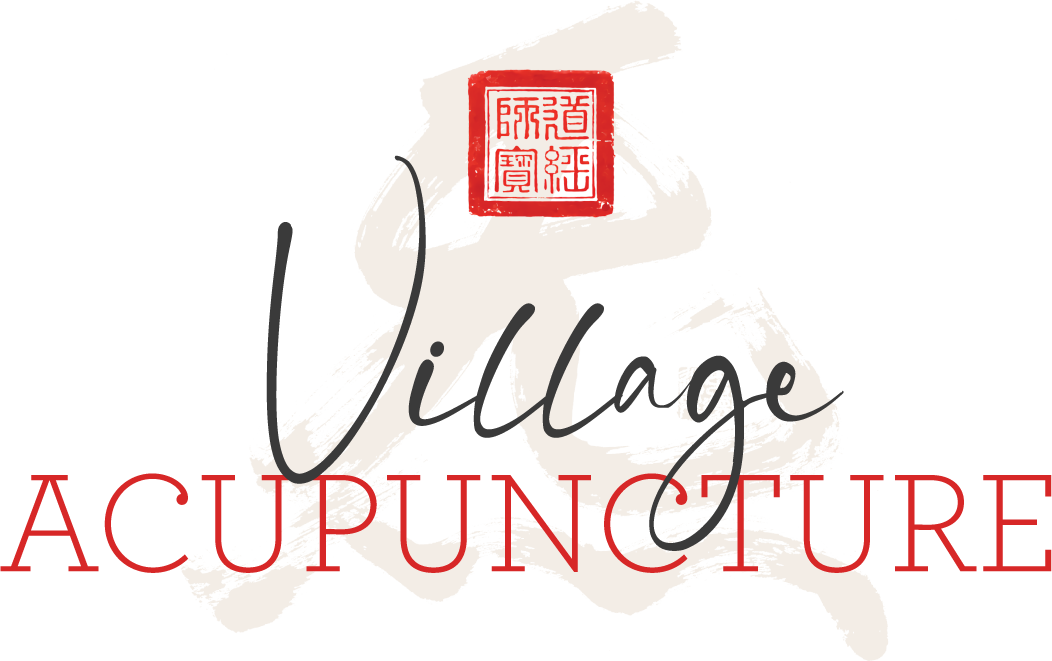The Tongue & Pulse in Chinese Medicine
One of the most common questions patients ask us is, “Why do you look at the tongue and pulse during treatment?” The short answer is that they’re time-honored means of gathering diagnostic information.
Let’s start with the pulse. Counting its beats per minute is, of course, a common medical practice–something most of us have experienced at the doctor’s office. Often when we feel patients’ pulses, they think that’s what we’re doing: checking the rate. And we are. But in Chinese medicine the rate of the pulse is just the beginning, and still more can be ascertained by determining its quality–how it feels under the fingers– in different positions. In fact, the reason pulse diagnosis is considered such an important skill for acupuncturists is that the pulse is said to reflect the patient’s body as a whole, including the state of its qi, blood, yin, yang, and various organ systems.
Assessing all of the above is a subtle art and takes time to learn. Without going into too much nitty-gritty, the practitioner feels the pulse at three different positions–cun (front), guan (middle), and chi (rear)–on each side, and at three different levels: superficial, middle, and deep. In this way one collects valuable information about the state of the patient’s body. Is the patient sick? Wired? Tired? Is there an ample volume of blood, and is it flowing smoothly? The pulse lets us know. There are 28 pulse qualities including common ones such as “slippery” (slides under the fingers; indicates dampness, phlegm, retention of food, or pregnancy), “wiry” (taut and hits the fingers hard; common in patients who are stressed out or in pain), and “weak” (deep and soft; indicates deficiency of qi and blood). If you hear your acupuncturist describe your pulse in such terms, it just means she’s collecting information in order to determine the best treatment.
While the pulse can change quickly in response to movement, emotion,or the insertion of needles, the tongue is slow to change. But it too provides the practitioner with essential information.
Observation of the tongue is based on the following considerations: color, shape, coating, and moisture. In terms of color, the practitioner often encounters pale tongues which indicate deficiencies of blood and/or yang and red tongues which indicate heat. In terms of shape, the tongue may be thin (blood/yin deficiency) or swollen (retention of dampness and phlegm). The coat can be thick or thin, whitish or yellowish. And the tongue as a whole can be wet or dry. All of these factors–including the part of the tongue in question!–alert us to the body's inner workings.


